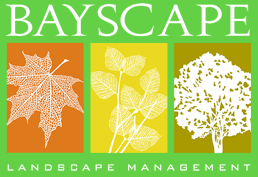The Tree Hollow Myth
In our popular imagination, there’s hardly a place as idyllic as the hollow of an old tree – even better if it’s in the middle of a mossy forest, surrounded by chirping birds and squirrels.
The romantic association makes sense: Winnie the Pooh, after all, lived in a cozy hollow in the Hundred Acre Woods with his “hunny” pot, and the Keebler elves have been churning E.L. Fudge cookies out of their hollowed tree with the magical oven for more than four decades.

But the biggest myth surrounding tree hollows isn’t quite so pretty: that some ugly disease must’ve caused it, thus, the tree needs to be destroyed and/or removed.
The truth? Tree hollows can be caused by a number of things, and they can be a perfectly natural part of a tree’s aging process. But hollows – even in dead trees – are an invaluable part of our ecosystem.
Hollows are generally a mark of age. You can safely surmise that a tree has been around for at least a hundred years, maybe even many centuries, if there are hollows present.
In that time, normal “wear and tear” takes place, and a hollow forms. Here are just a few ways that can happen:
- Weather elements: Fire, rain, wind, a lightning storm – all are natural forces that might injure a part of the tree’s bark, even though the tree as a whole remains healthy.
- Insects: Beetles and termites can make a quick snack of tree bark.
- Fungi and bacteria: Various bacteria and fungi can enter through a part of the tree’s protective bark that’s already injured.
- Overpruning: When you prune too much, it can eventually create wounds in a tree that are difficult to heal.
Regardless of how the hollow forms, it will likely become a perfect spot for birds, squirrels, and many other animals to nest, rest, or find protection from predators. When trees with hollows are removed, cleared, or logged, those animals lose their habitat and sometimes die. If you think pests may be invading surrounding trees, contact one of our specialists to visit your property and diagnose.
